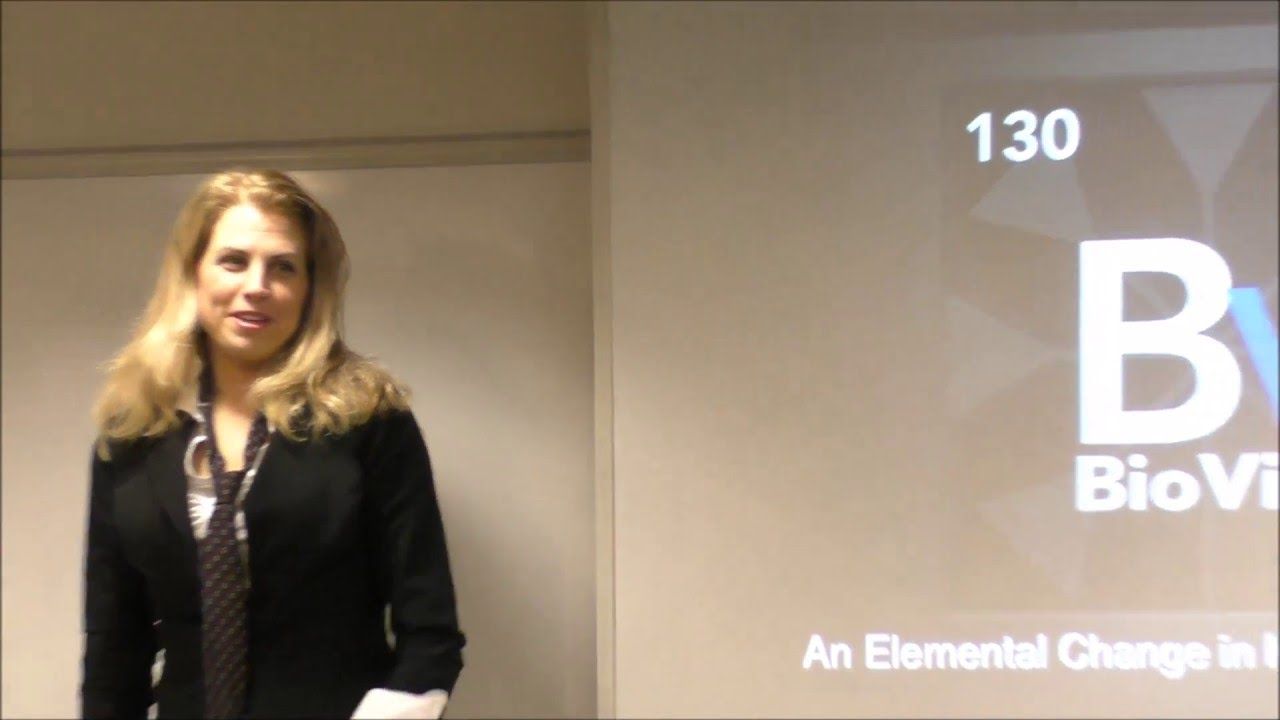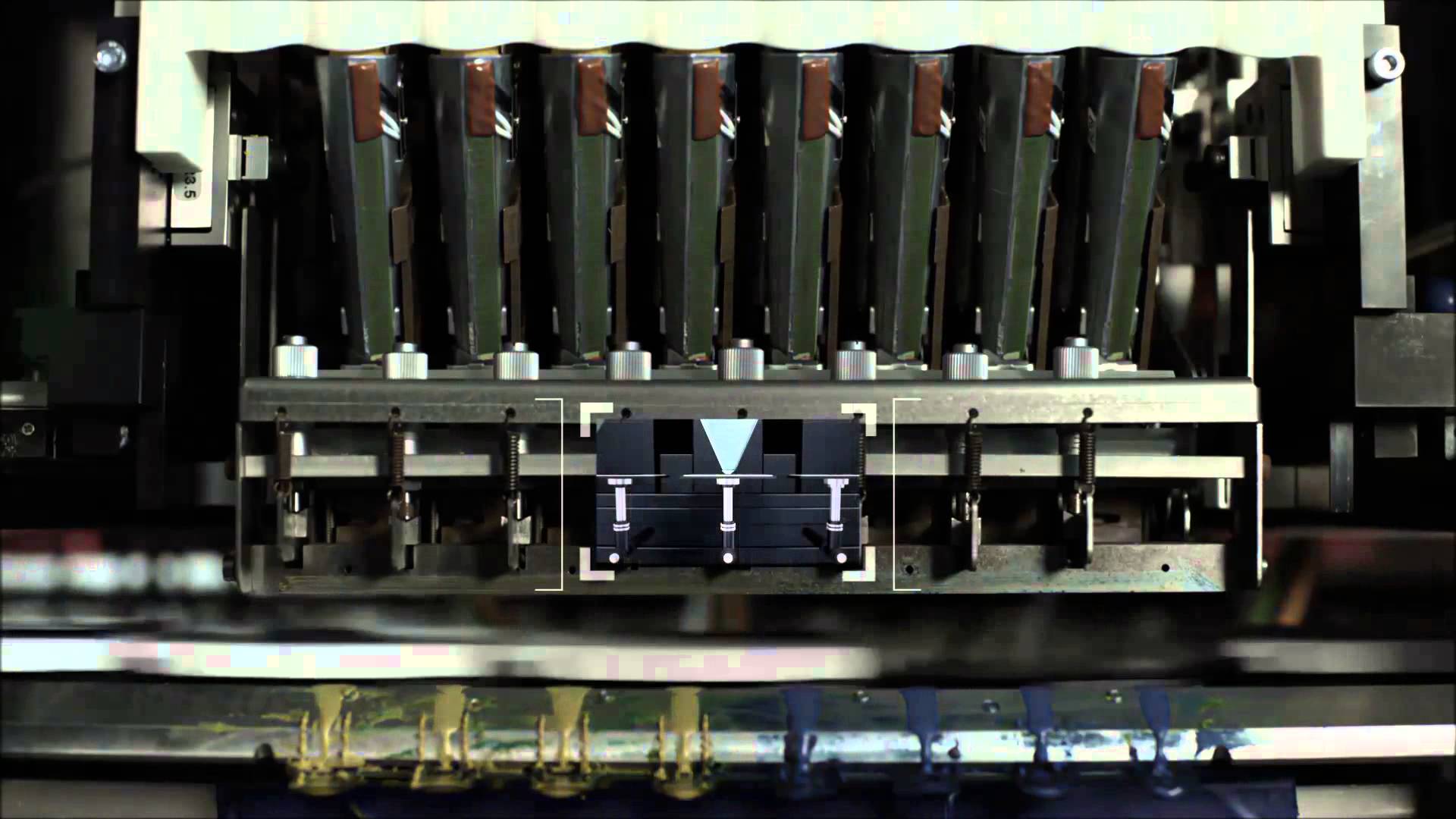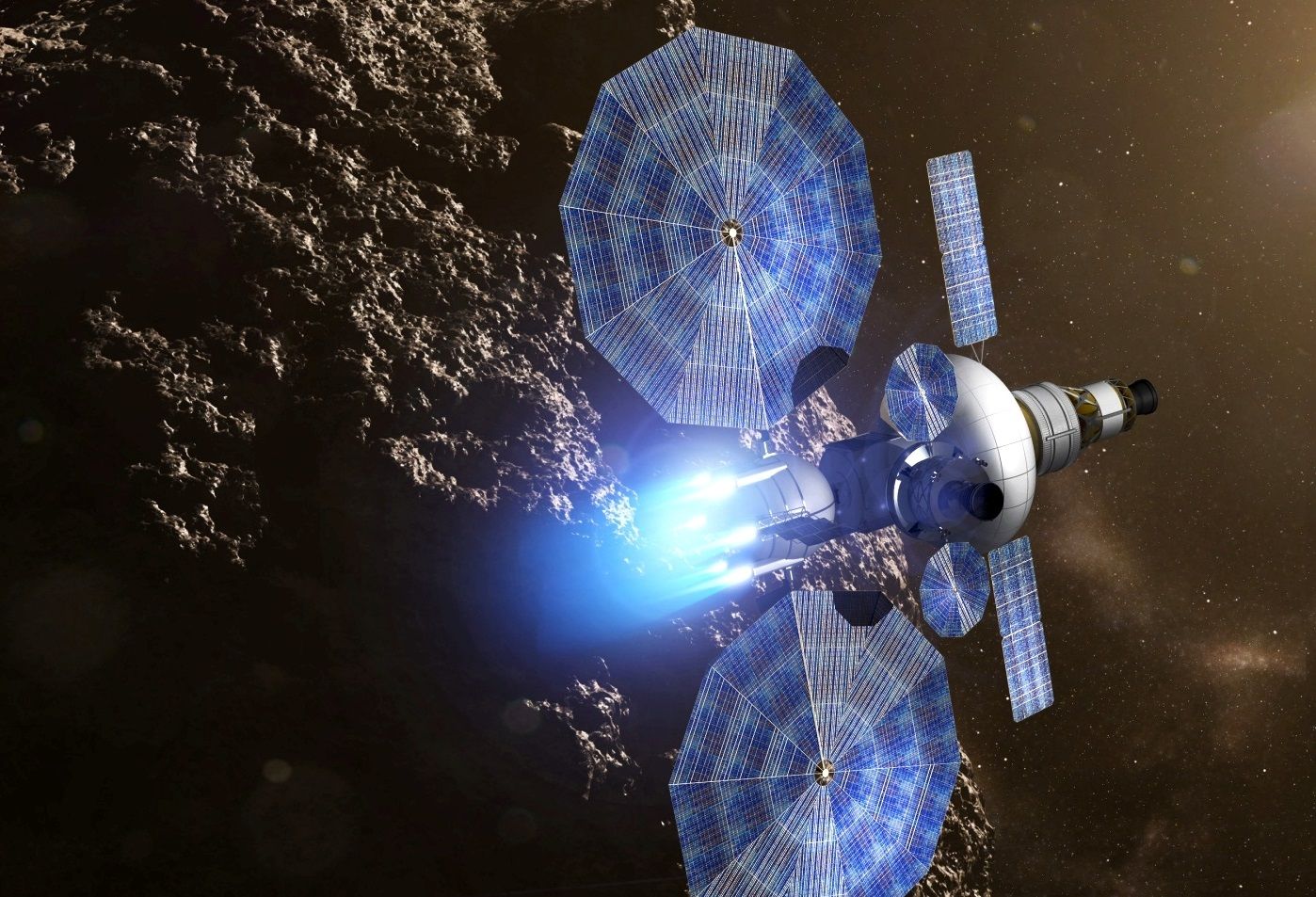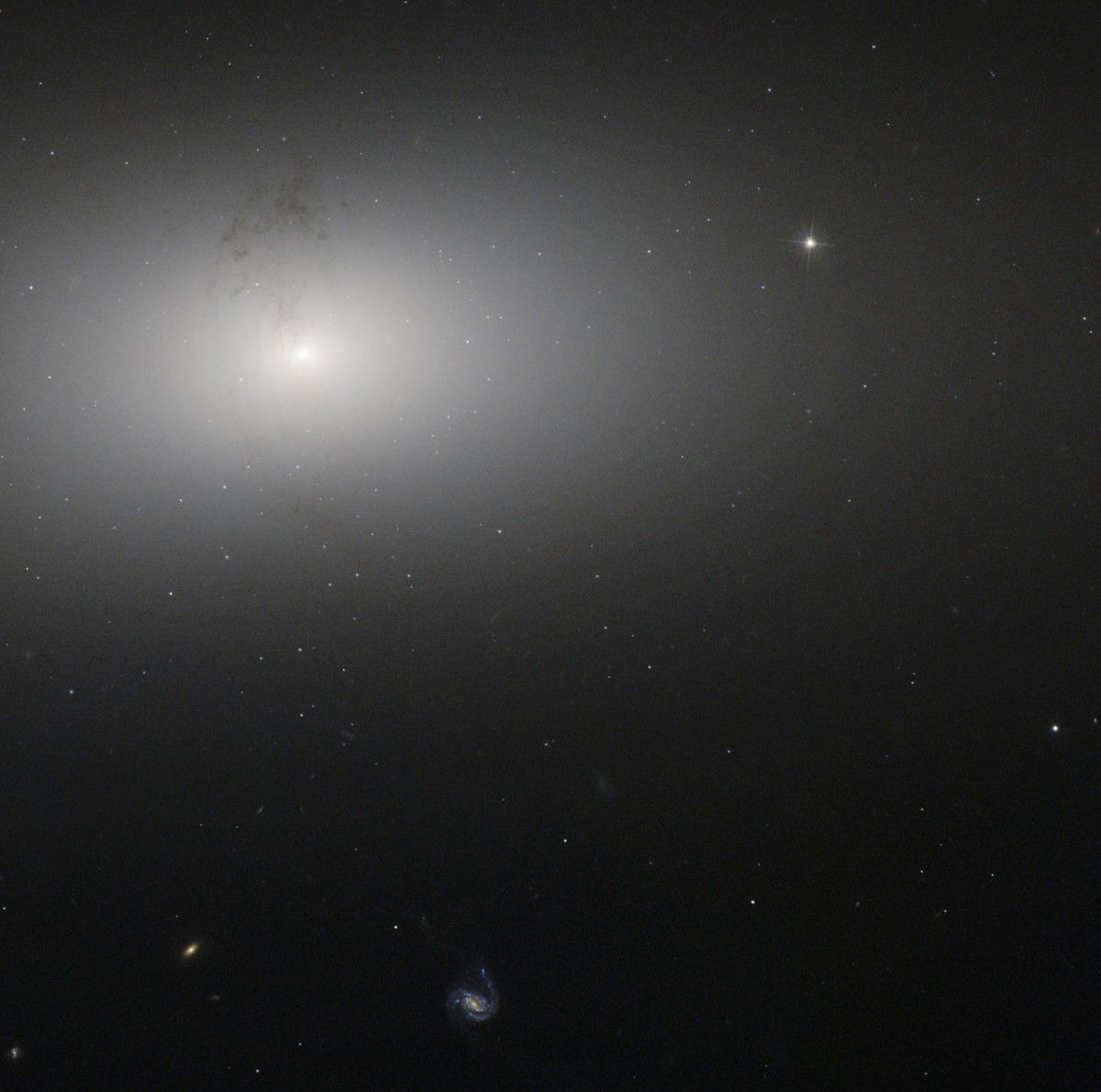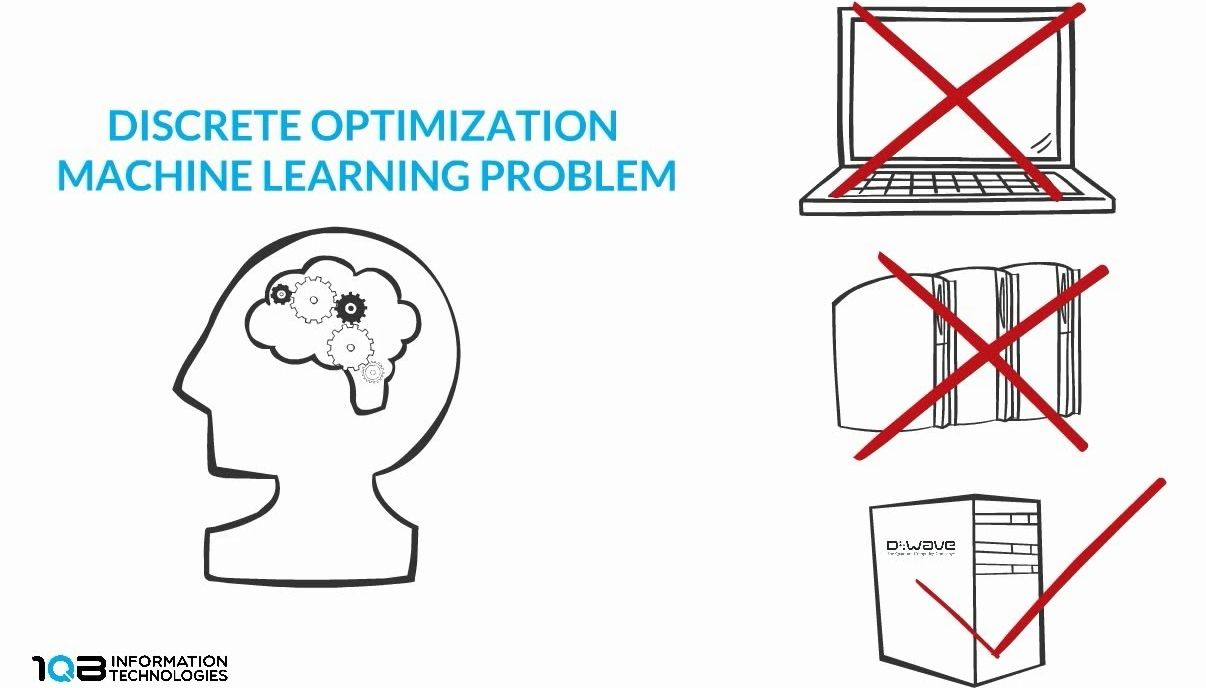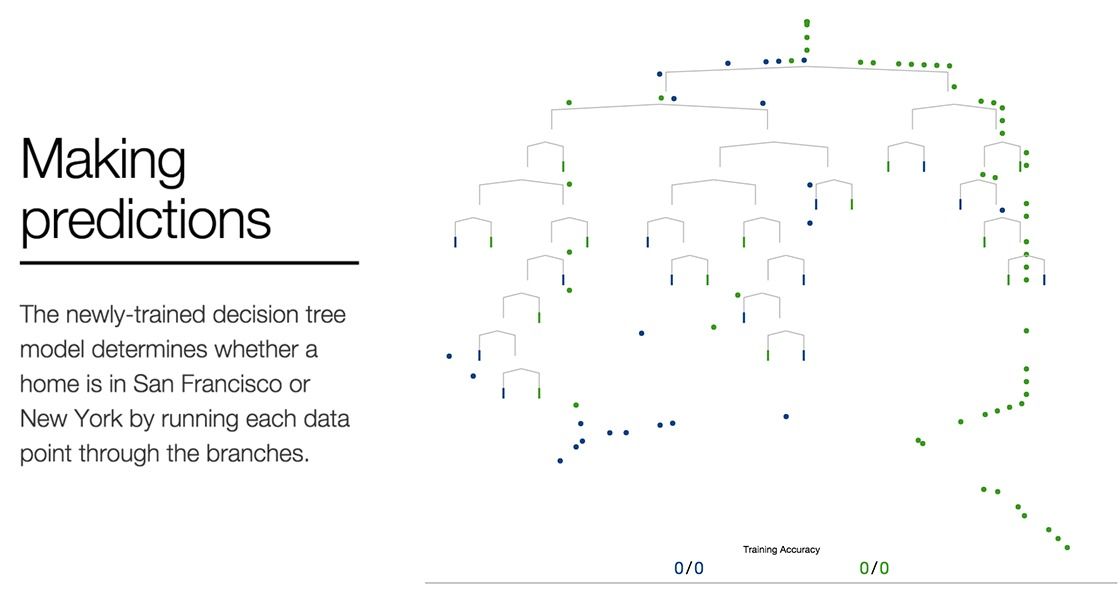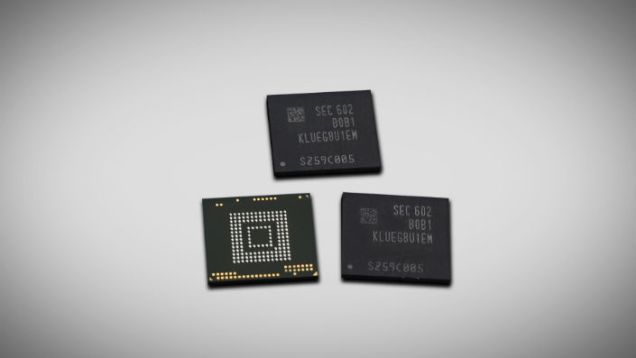
I love high capacity things. So when Samsung announced it’s producing 256 GB flash storage that can be used in mobile devices, I swooned. The memory is two times faster than the previous generation of Universal Flash Storage (UFS) memory, meaning that phones will not only have greater storage capacities, but also breeze reading and writing operations.
Nonetheless, there are probably still a lot of you thinking this isn’t a huge deal. You might say that the most popular Android phones already support microSD expandable memory, or that Android 6.0 Marshmallow supports adoptive memory, making it easier for your phone to read and write to expandable storage. But that would be missing the point.
Expandable storage has always been a bandage on a much greater problem plaguing Android phones: the cost of high capacity flash memory was too high and the size was too bulky to include in older smartphones. Plus, expandable memory has never performed nearly as well as internal UFS memory. Although Android 6.0 Marshmallow supports a new adoptive memory feature that basically treats external memory as internal memory, neither of Android’s two biggest vendors, LG or Samsung, support the feature in their new smartphones.
Read more
